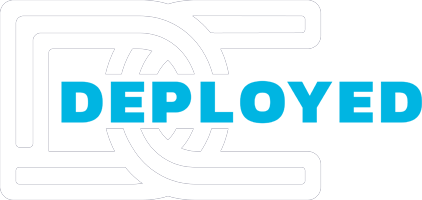Future-Proof or Future-Problem? How to Design for What’s Next
Data centers, by nature, are built for performance. But too often, in the rush to deliver speed, scale, and capacity, teams design for today, not for what’s coming.
And what’s coming? It moves faster than anyone expects. New workloads. Higher densities. Evolving sustainability demands. Grid constraints. Shifting tax policies.
If your design can’t absorb change, it won’t last. And what looked like a cutting-edge build becomes a costly future liability.
Future-Proofing Isn’t Just About Capacity
Adding more power or floor space isn’t the whole answer. A true future-ready design considers how everything must evolve, modularly, efficiently, and without disruption.
- Can your site scale power and cooling without a major redesign?
- Is your campus layout built for multi-phase expansion?
- Can your systems adapt to changing ESG requirements and regulations?
- Is your MEP infrastructure flexible enough to support new densities or AI workloads?
These aren’t theoretical questions. They’re survival checkpoints.
What Future-Proofing Really Looks Like
Data centers, by nature, are built for performance. But too often, in the rush to deliver speed, scale, and capacity, teams design for today, not for what’s coming. And what’s coming? It moves faster than anyone expects. New workloads. Higher densities. Evolving sustainability demands. Grid constraints. Shifting tax policies.
If your design can’t absorb change, it won’t last. And what looked like a cutting-edge build becomes a costly future liability.
Avoid Lock-In at All Costs
One of the biggest design traps? Engineering for a fixed model. Yes, it might shave dollars off today’s budget. But tomorrow, it locks you into systems, vendors, and infrastructure that can’t flex. And in data center development, rigidity is expensive.
True future-proofing keeps options open, without compromising performance.
Design with Exit and Expansion in Mind
Future-focused design thinks beyond the build.
- What’s your exit plan for aging gear?
- Can future operators adapt your layout to new workloads?
- Will a new tenant see this facility as flexible or fixed?
Whether you’re building for 5 years or 20, design choices made today will either open doors or close them. The difference is planning.
Conclusion
The pace of innovation isn’t slowing. Power requirements are climbing. Customer expectations are shifting. If your design can’t evolve with these pressures, it’s not future-proof, it’s future-vulnerable.
So pause. Rethink. Ask the harder questions now. Because designing for what’s next means understanding what lasts, and letting go of what won’t.




Leave a comment